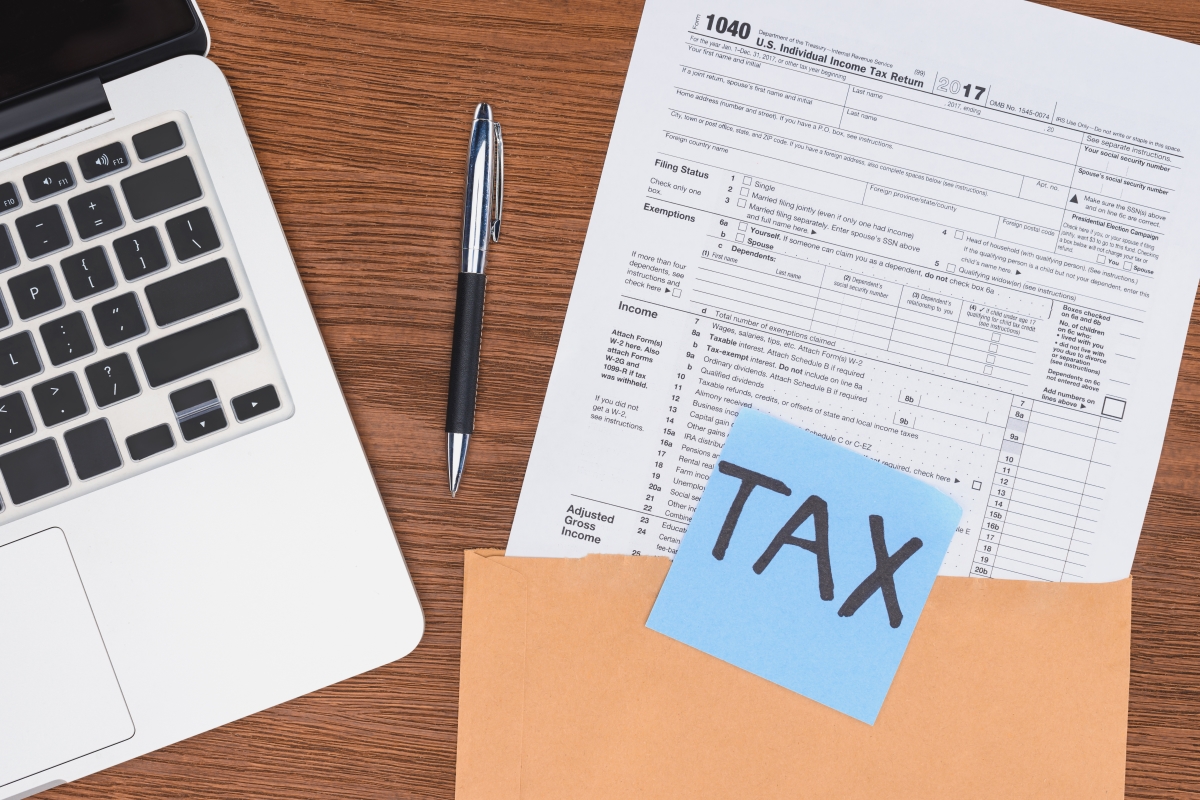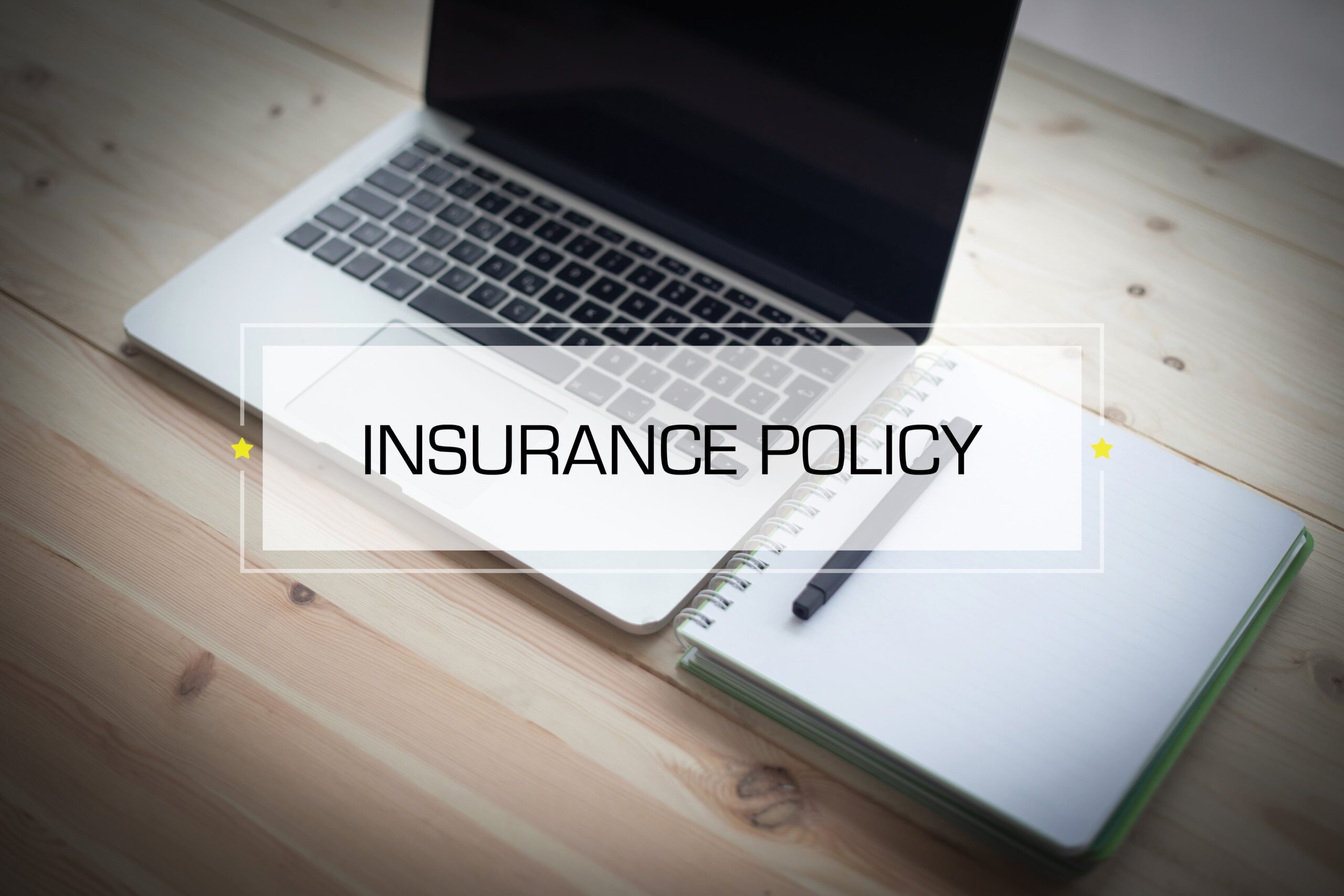
Most homebuyers try to avoid PMI because it must be paid in addition to your monthly mortgage payment. But there are plenty of situations where taking on mortgage insurance payments might put you ahead of the game.
Private Mortgage Insurance, also called PMI, is an extra cost incurred when you take out mortgages and put down less than 20% of the sale price. Homeowners are required to keep PMI coverage in place for varying terms depending on the type of loan. Usually, they need to achieve at least 22% equity in their home before they’re allowed to drop PMI. The PMI premium varies by the type of mortgage loan that buyers select as well as their creditworthiness.
By purchasing a house using a smaller down payment, you save money and build equity more quickly. PMI gives you a chance to move on from renting and start the path to homeownership sooner than you may think, and it often quickly pays for itself several times over.
Especially as home values continue to rise, and interest rates are at historically low rates, rapidly getting into your new home as soon as possible may make sense. Considering the cost of PMI coverage may be what it takes to make that a reality.
Private Mortgage Insurance (PMI) is insurance required by the lender when you finance the purchase of a property with a down payment of less than 20% of the sales price. Buyers pay the PMI premium as part of the mortgage agreement to protect lenders from default. Some loans require PMI coverage upfront while others require it for certain portions of the life of the loan, and some require a mixture of both.
In a typical market, lenders expect that if buyers default on a mortgage, they’ll lose about 20% of the money they’ve loaned through the foreclosure process. PMI shields lenders from potential losses. If you bring less than 20% of the loan to value to the table PMI will make lenders feel more comfortable taking the risk.
Mortgage insurance works differently for different types of loans. Conventional, FHA, USDA, and VA loans all have unique ways of addressing PMI coverage. Your lender will usually arbitrarily select a mortgage insurance provider approved for your type of loan unless you specify otherwise.
Conventional Loans
For conventional loans, lenders usually require that you maintain PMI coverage until you’ve reached 20% equity in your home. You can avoid paying for PMI by putting the full 20% down. Alternatively, it’s usually included in your monthly mortgage payment.
After you have 20% equity in your home, you can ask to cancel PMI. At 22% equity, lenders are required to remove it. PMI coverage usually costs between 0.19-1.86% of the loan amount and is often included in your monthly mortgage payment.
FHA Loans
The Federal Housing Administration (FHA) is tasked with facilitating the path to homeownership, so it often accepts as little as 3.5% down and offers loans with less stringent qualification requirements. To secure an FHA loan, you must cover an upfront mortgage insurance premium of 1.75% of the loan amount and pay an annual premium of 0.45-1.05% of the average outstanding balance of the loan each year. You pay the annual premium (MIP) in monthly instalments for the loan duration if you put down less than 10%. If you put down more than 10% of the property value, you’ll only need to pay the MIP for 11 years.
USDA Loans
USDA loans offer financing that doesn’t require a down payment for rural and suburban homebuyers. To ensure these mortgage loans, you’ll pay an upfront guarantee (in 2019 that was 1% of the loan amount) and an annual fee of 0.35% of the average outstanding loan balance. The fees change from year to year but are fixed for the duration of the loan.
VA Loans
Veterans must pay an upfront funding fee of 1.25% to 3.3% of the loan amount instead of PMI. The rate depends on your down payment and whether you’re using the program for the first time. This fee helps fund the program and allows the Department of Veterans Affairs to guarantee the lender that you won’t default on a significant portion of your loan.
There are a few situations where opting to pay for PMI makes financial sense. While no one likes to pay more each month, taking advantage of PMI can enable you to buy a home with less money down. If you have less than ideal credit history, taking on PMI secures the lender to take out a mortgage, enabling you to derive these benefits of homeownership.
Opting to buy a house using a lower down payment saves you time. You don’t have to rent while you save for a down payment. Additionally, instead of paying rent to your landlord (a payment that often rises each year), you begin building equity towards owning your home outright.
Mortgage Insurance Rates
Suppose you were to provide PMI coverage for each loan type—conventional, FHA, USDA, and VA—for a $300,000 home with a 3.5% down payment on a 30-year mortgage with a 3.75% fixed rate. Here’s what you would expect to pay each month, accounting for the fact that annual mortgage costs decrease as the loan value shrinks as payments are made. Keep in mind that mortgage insurance is calculated as a percentage of the loan amount.
Conventional loans
Pay nothing upfront and split an annual cost of about $3,500 into $280 each month. Cancel your premium after you’ve paid up 20% in equity. The actual rate for PMI on conventional loans varies based on factors like creditworthiness. Higher credit score candidates, for example, pose less risk of default for lenders and receive lower rates.
FHA loans
Initial mortgage insurance would set you back $5,000. Each year, you would pay $2,500 for mortgage insurance, a little more than $200 per month.
USDA loans
A $2,900 initial mortgage insurance payment would be required upfront. Each year, pay a $1,00 annual mortgage insurance premium—about $84 per month.
VA loans
To secure a VA loan, you’ll have to pay a one-time funding fee to cover initial mortgage insurance costs. In this case, that would be a single payment of about $6,700.
There are a few things that you can do to reduce your mortgage insurance payment. You want to do whatever you can to reduce the lender’s risk to lower your PMI. Here are some ways that you can do that:
1. Have a high credit score.
Mortgage insurance, when you have a 740 or 760 credit score and have a loan to value ratio below 85%, results in a meager premium because you represent a lower risk to the lender. If refinancing, don’t take cash out to ensure that you get the lowest rates.
2. Choose your loan type wisely.
FHA and other government loans often require that you pay more for mortgage insurance than conventional loans since the government is shouldering more risk.
3. Provide proof of lower risk.
Conduct an appraisal to get a lower loan-to-value or increase your down payment to lower your PMI.
Based on current rates of inflation and increasing housing prices for the average homeowner, paying for PMI can yield a 530% return on investment by the end of year five. The home appreciates while you own it, outpacing inflation, and relying on PMI coverage to move-in with less money used for a down payment.
In that way, opting to take on a PMI can ultimately position you for a more secure future. It can be a tool for allowing you to begin to build wealth by facilitating your real estate investment so that you quit paying rent and start accruing equity. Though the cost of PMI varies significantly based on your circumstances like loan type and creditworthiness, it can often make sound financial sense.
In best-case scenarios, adding a PMI that costs a couple of hundred dollars each month will quickly provide a return. The simple fact that it allows you to build equity may be enough to merit considering whether to take on PMI.
Mortgage insurance coverage looks different for each type of loan and each buyer, so investigate what PMI costs and what the potential returns may look like in your particular situation. If it makes sense to move forward with a mortgage and less money down, PMI will allow you to do just that. For additional information on financing your new home, contact the mortgage experts at A and N mortgage for your mortgage insurance needs.



